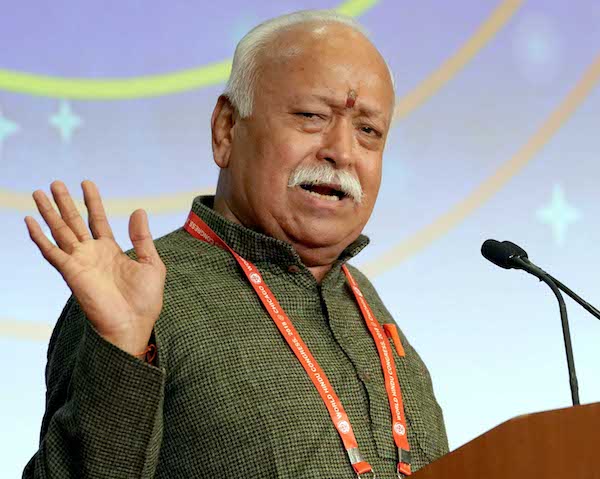
Ram Navami is the celebration of the birth anniversary of Lord Rama, who is believed to be the seventh incarnation of Lord Vishnu on Earth. Lord Rama’s birth was intended to end the rule of the ten-headed demon king Ravana and this day is thus symbolic of the victory of truth over the evil.
Ram Navami is celebrated on the ninth day of the Shukla paksha of the Indian month of Chaitra. According to the Gregorian calendar, it falls in the month of March-April every year. Ram Navami 2022 is on April 10 Sunday.
According to mythology, the kingdom of Ayodhya was distraught about the fact that there was no successor to the throne. During an afternoon of Chaitra, Lord Rama was born to King Dasharath and his queen Kaushalya after they were given the holy pudding to eat by Rishi Vasishtha. It is said that Lord Rama was born to save the people of Ayodhya from evil and to ensure that peace and prosperity prevails over his kingdom.
This day is also celebrated as the birth anniversary of Swaminarayan, a saint who is considered an avatar of Narayana. He was born in the village of Chhapaiya in Uttar Pradesh. Bhagwan Rama exemplified the perfect person (maryada purushottam). He was the embodiment of compassion, gentleness, kindness, righteousness and integrity. Although he had all the power in the world, he still was peaceful and gentle.
His reign in Ayodha is referred to as Ramarajya, the epitome of perfect governance. Ayodhya was the capital founded by the king-rishi Manu. During the reign of King Dasharath, Ayodhya reached a period of great prosperity. But Dasharath had one problem–he had no children. Therefore he decided to perform the ashvamedh sacrifice. Elaborate and difficult rituals had to be observed. Rishi Rishyashring presided over the yagya. The performance of this sacrifice was a great event in Ayodhya. At the end, Rishyashring recited a Mantra and made an offering to the fire. Then the gods, gandharvas, siddhas, and rishis present around began to pray to Brahma. During that time Ravana, the king of Lanka, was terrorizing the people, and they were longing for liberation from his menace. Ravana had acquired great power because he had obtained from God Brahma the boon that he would never die at the hands of gods, or gandharvas, or yakshas (demigods) or demons. As he was not afraid of men, he did not care to include men in the list of his potential slayers. So Brahmadev declared that Ravana would die at the hands of a man. Then the gods went to Vishnu for help and requested him that since Dasharath was a glorious king, that He take birth in the wombs of his three queens in four different incarnations of His divinity. When Dasharath’s sacrifice came to an end, a shining figure appeared over the sacrificial kund, and offered the king a divine beverage called “payasam”, which was to be given to his queens Kausalya, Kaikayi, and Sumitra. In due time, Kausalya gave birth to Rama, Kaikayi to Bharat and Sumitra to Laxman and Shatrugna.
The Sun is considered to be the progenitor of Rama’s dynasty, which is called the Solar Dynasty (Raghukula or Raghuvamsa –Raghu means Sun and Kula or Vamsa mean familial descendant). Rama is also known as Raghunatha, Raghupati, Raghavendra etc. That all these names begin with the prefix Raghu is also suggestive of some link with Sun-worship. The hour chosen for the observance of the Lord’s birth is that when the Sun is overhead and is at its maximum brilliance. In some Hindu sects, prayers on Ramnavami day start not with an invocation to Rama but to Surya (Sun). Again the syllable Ra is used in the word to describe the Sun and brilliance in many languages. In Sanskrit, Ravi and Ravindra both mean “Sun”.
Significance of Ram Navami
The story of the Ramayan is a classic, eternal, universal message of Dharma versus adharma, of deva versus demon, of good versus evil, as represented in the battle between Rama and Ravana.
Ravana was a brahmin; he was a great scholar who wrote numerous works on scriptural philosophy. He was powerful, dynamic, and beautiful in appearance. As the brilliant, handsome king of Lanka, he had everything one would need to be happy and peaceful. Yet, he was arrogant, egoistic, greedy and lustful. His insatiable desires led him to crave more and more power, more and more money, and more and more ladies to fulfill his every whim.
There is one main difference: Bhagwan Rama’s heart overflowed with divinity, love, generosity, humility, and a sense of duty. Ravana’s heart, in contrast, was filled with avarice, hatred, and egoism. Under Bhagwan Rama’s divine touch, the animals became his devotees and his divine helpers. Under Ravana’s touch, even humans became animals. Through his noble and divine choices, he teaches the world to choose dharma over Artha (when he leaves for the forest rather than be coronated as King) and to choose Moksha over Kama (when he chooses his kingdom over his marriage).
Ravana’s ego led to his own demise, first the demise of his spirit and heart and then the demise of his body. He thought he was the one who ran everything. He thought that he was the “doer” of it all. On the other hand, Bhagwan Rama was always humble, and he never took credit for anything. At the end of the war in Lanka, Bhagwan Rama was giving Sitaji a tour of the city, showing her where all of the various events had occurred. When, they reached the place where he victoriously slew Ravana, he reported it to Sitaji only as, “and this is where Ravana died.” He didn’t say, “This is where I crushed the demon,” or “This is where I killed Ravana.”
The story of Lord Rama as told in the great epic Ramayana is one that most Indians know irrespective of caste, creed and religion.
Lord Rama is a legendary figure, the epitome of all that is good and true, the man who vanquished the demon king, Ravana. Lord Rama is not just a hero, but has been given the status of a god by the Hindus. Therefore, it comes as no surprise that his birth is celebrated year after year with great pomp and enjoyment on the ninth day after the new moon in Sukul Paksh (the waxing moon), which falls sometime in the month of April.





Be the first to comment